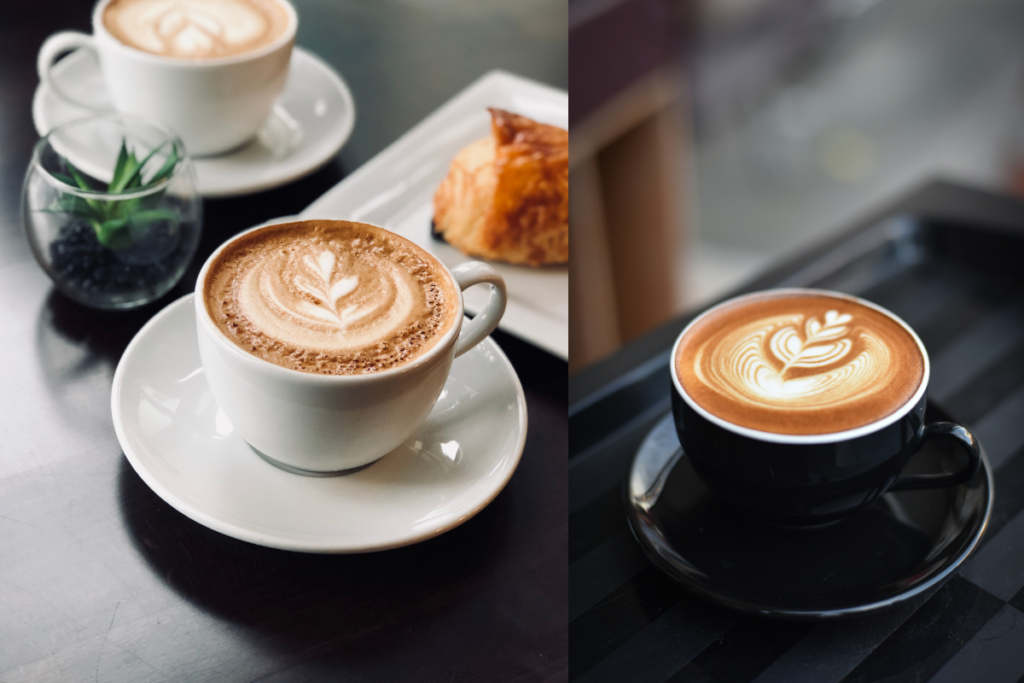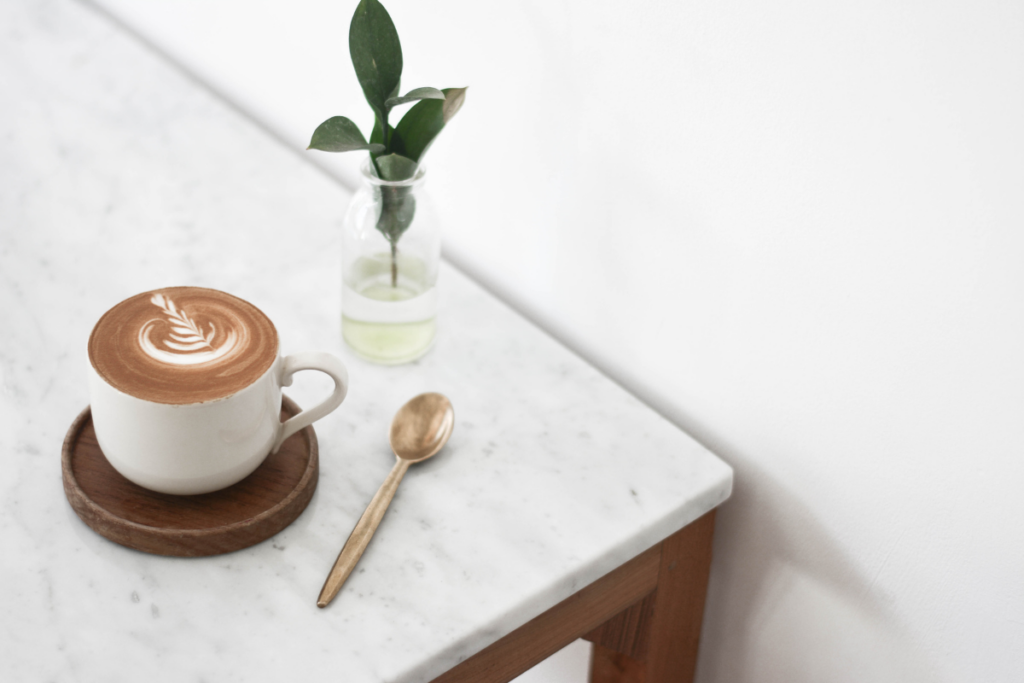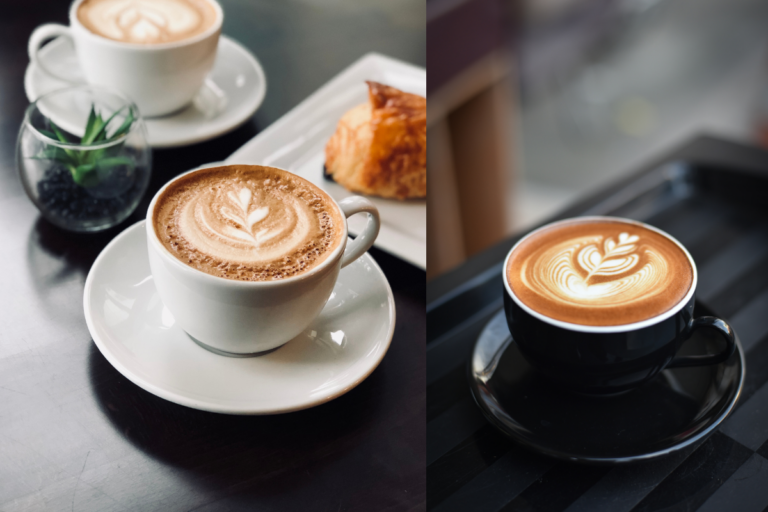Tasting coffee is an art, and just like any other art form, it requires practice and knowledge. Whether you’re a coffee enthusiast or just starting to explore the world of coffee, cupping is an essential skill to master if you want to understand the flavors and nuances that different beans have to offer. This guide will introduce you to the process of cupping and help you learn how to taste coffee like a pro.
What is Coffee Cupping?
Coffee cupping is a standard practice in the coffee industry used to evaluate and compare different coffee beans. It involves smelling and tasting brewed coffee in a controlled environment, where various characteristics like aroma, flavor, acidity, body, and aftertaste are assessed.
The cupping process allows you to better understand the unique flavor profile of each coffee and helps professionals and roasters determine the quality of a particular batch of beans. It’s also an excellent way for you to fine-tune your palate and develop a deeper appreciation for coffee.

The Cupping Equipment You’ll Need
Before diving into the cupping process, you’ll need some essential equipment. Here’s a list of what you’ll need:
- Coffee beans: Choose a variety of beans you’d like to taste. Typically, cupping involves using freshly roasted beans.
- Grinder: A burr grinder is preferred for uniformity in grinding.
- Cupping bowls: These should be wide enough to allow you to fully evaluate the coffee’s aroma and appearance.
- Cupping spoons: You’ll need spoons for tasting the coffee. They should be large and easy to scoop.
- Hot water: Fresh, clean water at around 200°F (93°C) is ideal for brewing.
- Timer: To track brewing and steeping times.
- Scale: A scale helps in measuring the precise coffee-to-water ratio.
The Coffee Cupping Process: Step-by-Step
Now that you have your equipment ready, follow these steps to cup coffee like a professional:
1. Prepare the Coffee
Start by measuring out the coffee. A typical cupping ratio is 1:15, meaning for every gram of coffee, you’ll use 15 grams of water. A standard cupping session uses 12-15 grams of coffee per 200ml of water, but you can adjust the amounts based on your preference.
Grind the coffee to a coarse consistency—similar to sea salt. The grind size is crucial to ensure an even extraction.
2. Smell the Dry Coffee Grounds
Once the coffee is ground, take a moment to inhale the aroma of the dry coffee grounds. This is an important step because it can give you an initial impression of the coffee’s fragrance. Pay attention to any distinct notes such as fruity, floral, or nutty.
3. Pour Water and Steep the Coffee
Heat your water to around 200°F (93°C), just below boiling. Slowly pour the hot water over the coffee grounds, making sure all the grounds are saturated. You should aim to pour in a circular motion to ensure even coverage.
Let the coffee steep for about 4 minutes. During this time, a crust of coffee grounds will form on the surface. Don’t stir it just yet!
4. Break the Crust and Smell the Coffee
After the 4-minute steeping period, it’s time to break the crust. Using the back of a spoon, gently push the floating grounds aside. As you break the crust, take a deep sniff of the aroma released from the freshly brewed coffee. This step is crucial as it reveals the coffee’s most volatile, intense aromas.
5. Taste the Coffee
Now it’s time to taste the coffee. Using the cupping spoon, scoop the coffee, being careful not to pick up any floating grounds. Take a small sip and let the coffee cover your palate. Pay attention to the following aspects:
- Flavor: The main tastes you experience, such as fruity, chocolatey, or spicy.
- Acidity: The sharpness or liveliness of the coffee. Good acidity is bright and crisp, not overpowering.
- Body: The texture or mouthfeel of the coffee. A full-bodied coffee will feel creamy, while a light-bodied one might feel watery.
- Aftertaste: The lingering flavors after you swallow. Some coffees have a clean finish, while others might leave a longer-lasting impression.
6. Evaluate and Take Notes
It’s important to take detailed notes during the cupping process. Record your impressions of the coffee’s aroma, flavor, acidity, body, and aftertaste. You can use a cupping form or simply jot down your thoughts.
7. Repeat and Compare
Once you’ve tasted the coffee, rinse your spoon and move on to the next coffee sample. It’s essential to compare different coffees side-by-side to appreciate the differences between them. As you taste more coffees, your ability to identify distinct flavors and aromas will improve.

Tips for Cupping Coffee Like a Pro
- Cleanliness: Keep your cupping spoons and bowls clean to avoid cross-contaminating flavors.
- Focus on One Coffee at a Time: Try not to rush through the process. Spend time focusing on each coffee individually.
- Experiment with Variables: Change the grind size, water temperature, or coffee-to-water ratio to explore how these factors influence the coffee’s taste.
- Use Fresh Beans: Coffee that is freshly roasted will give you the most accurate flavor profile during cupping.
- Practice Regularly: The more you cup coffee, the better you’ll become at identifying subtle differences in flavor and aroma.
Conclusion
Coffee cupping is an invaluable skill for anyone looking to deepen their understanding and appreciation of coffee. By learning how to taste coffee like a pro, you’ll be able to explore the full range of flavors that coffee has to offer. Whether you’re a beginner or an experienced coffee drinker, cupping is a fun and educational process that brings you closer to the world of coffee. Happy cupping!

